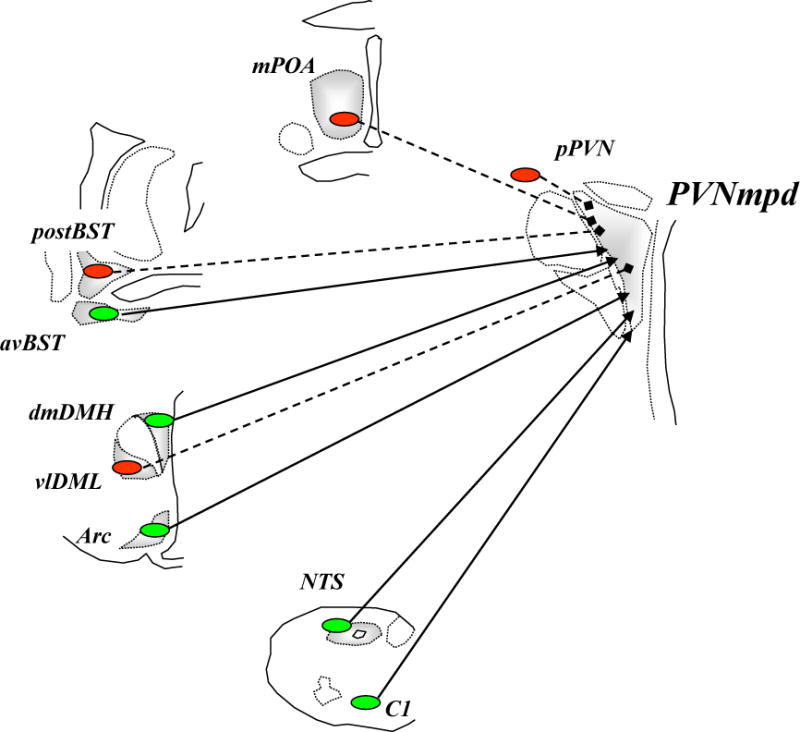Figure 3. Brain circuitry regulating HPA axis stress responses.

Stress-induced activation of the dorsal part of medial parvocellular paraventricular nucleus of the hypothalamus (PVNmpd) originates in several brain regions (excitatory inputs colored blue with solid lines and inhibitory inputs (GABA) colored red with dashed lines). The paraventricular nucleus of the hypothalamus (PVN) receives direct noradrenergic, adrenergic and peptidergic innervation from the nucleus of the solitary tract (NTS). The dorsomedial component of dorsomedial hypothalamus (dmDMH) and arcuate nucleus (Arc) provide intrahypothalamic stress excitation. The anterior part of the bed nucleus of the stria terminalis (BST), particularly the anteroventral nucleus of the BST (avBST), activates HPA axis stress responses. The PVN also receives stress-excitatory drive from the avBST, dorsal raphe, tuberomammillary nucleus, supramammillary nucleus, and spinal cord, among others (omitted in the interest of space). Activation of the PVNmpd is inhibited by numerous hypothalamic circuits, including the medial preoptic area (mPOA), ventrolateral component of dorsomedial hypothalamus (vlDMH) and local neurons in the peri-PVN region (pPVN), encompassing the PVN surround and the subparaventricular zone. The posterior subregions of the bed nucleus of the stria terminalis (pBST) provides a prominent forebrain inhibition of HPA axis responses; the majority of these inputs are GABAergic.
